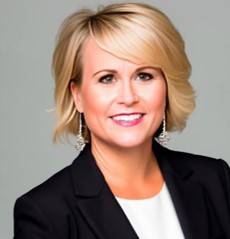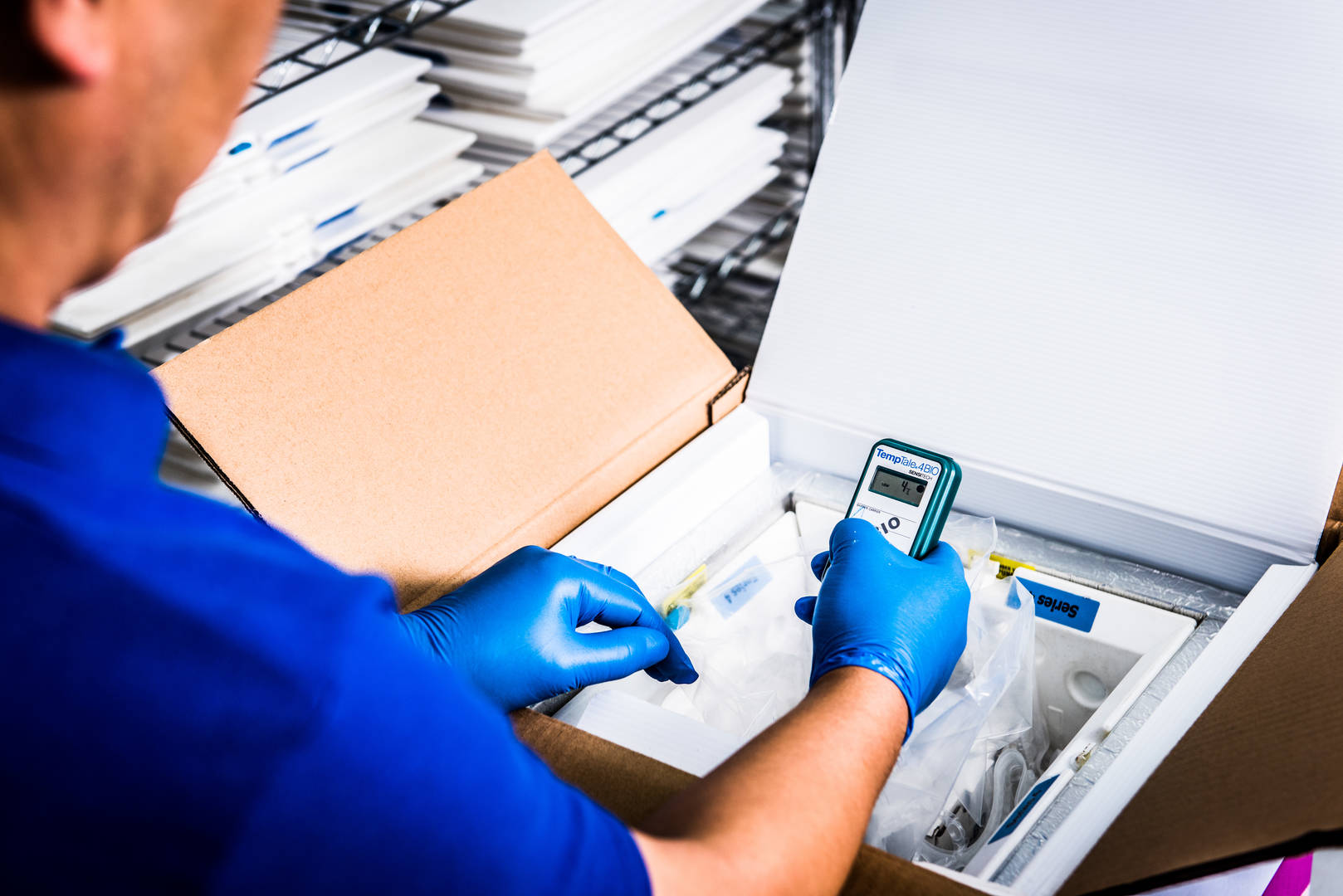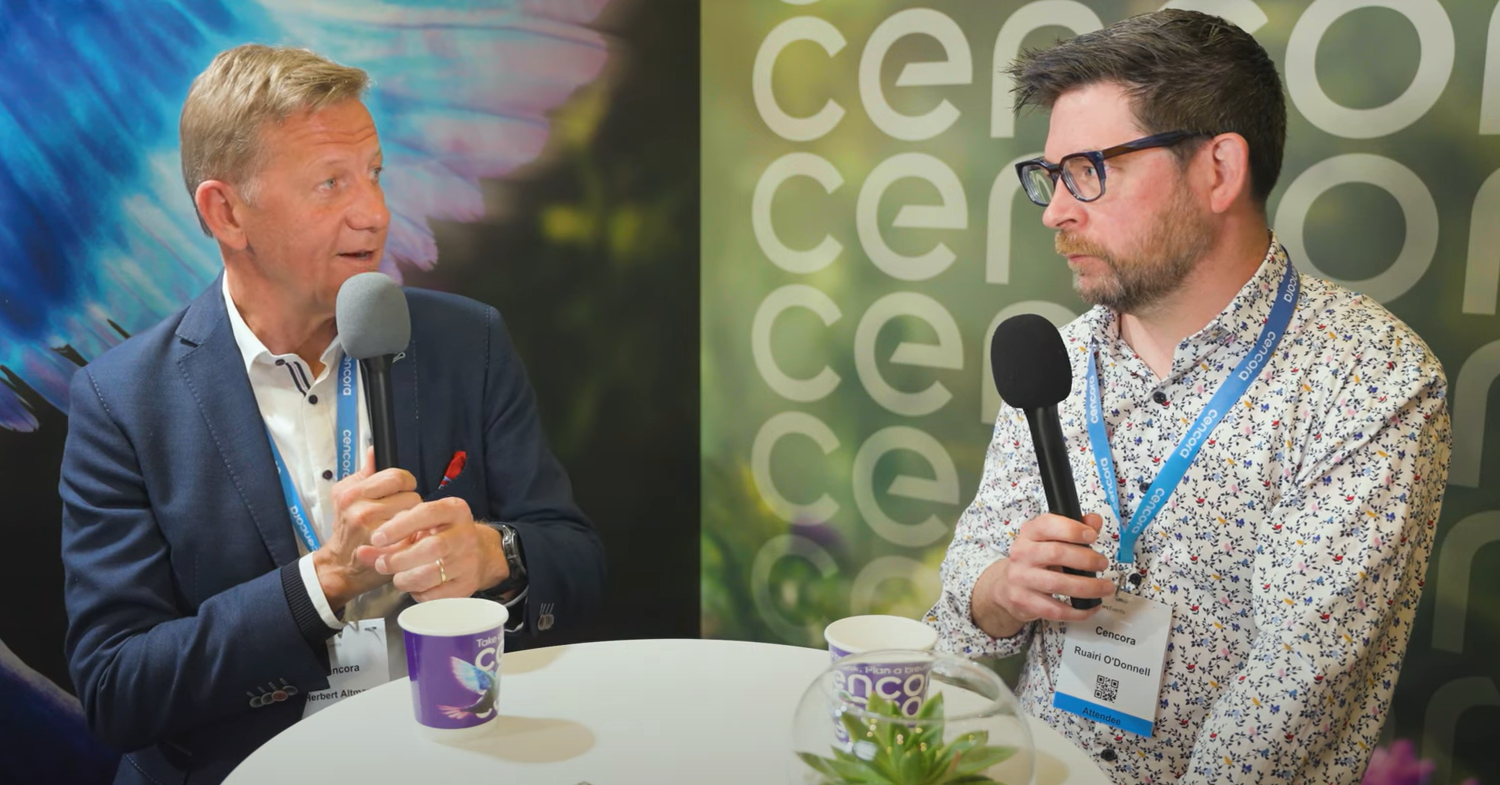How to optimize your RFP process for specialty distribution: Insights from experts


Finding the right specialty distribution partner can be critical to commercial success for biopharma manufacturers. And one essential step is the request for proposal (RFP) process. An RFP can be an important tool to evaluate potential distribution partners.
A specialty distribution RFP’s primary role is to help biopharma companies identify the right partner for distribution, but it can also apply to other aspects of commercialization. Refining the RFP process for distribution can help a new specialty product get to patients through the optimal channel, while also supporting its overall commercial success.
What is the best timeline for an RFP? What questions are best suited to get the answers biopharma needs? What is the proper content to include in an RFP? In this Q&A, Dina Lynch, Vice President of Market Access, Renibus Therapeutics and Stacey Kodrich, Director of Channel Strategy and Product Access, Cencora, answer those questions and more from the perspectives of both the manufacturer and the specialty distributor.

Lynch is responsible for all market access functions and Kodrich engages with biopharma to support distribution for new product launches, so they bring expertise from both sides of the table.
Disclaimer: The following statements reflect the opinions of Dina Lynch and Stacey Kodrich, and do not necessarily represent those of Renibus Therapeutics and Cencora.
When biopharma should initiate an RFP for specialty distribution
Lynch: There are opportunities for consultants to be involved in the RFP process in different ways. But first, you need to understand your product, your patient journey, and your reimbursement strategy, in order to align around what you need. If you go to a consultant too early, you may end up with a partner that may not be the right fit for your product.
Nonetheless, consultants can provide value in two key scenarios. Their unique value is their vast understanding of different product launches. Their expertise can get you thinking about the bigger picture for your product launch. Are you choosing the right channel strategy? Are you choosing the right partners?
If you are an emerging pharma company, I would also use consultants to help with the administrative burden. There's a lot of lift associated with launching new products. If your company does not have channel partners already and you're not adding on, the consultants can give you some extra hands.
Lynch: Probably 30 days. Distributors are going to push back a little bit, but you need to give a specific timeline. We expect certain questions at certain times, we expect certain responses at certain times, and then we’re going to go back and forth during the question and response period. Give them enough time to do it properly.
Kodrich: Having at least 30 days would be extremely beneficial to us as the respondents, but also equally as important if not more, for you, so that we can provide the best, most thoughtful responses. A well-thought-out RFP response involves engagement from key stakeholders across a channel partner’s organization. That takes time and collaboration, so lead time is key if you want to get the best response possible to support your launch.
How biopharma should set up the RFP process
The people who work the hardest to help me solve my challenges are the ones I tend to have relationships with. You must have those interactions early and often to best assess who can help the most.
Kodrich: You have respondents each submitting their own clarifying questions. So maybe something that can be considered is sharing all the questions and answers with all the respondents who submitted questions. This may lead to better RFP responses.
Kodrich: Often, channel partners may bring in other internal key stakeholders within their organization. One stakeholder might interpret a question one way, where another may interpret it differently. That presents the opportunity to then go back to the manufacturer or the consultant to ask follow-up questions. Having an open Q&A period allows for the opportunity to get the best information.
Kodrich: I think feedback just elevates all of us in the distribution business. Understanding why you were or were not chosen makes us want to do better and improve. At the end of the day, we're here to help patients. Good, bad, or indifferent, we want to hear it.
What content biopharma should choose for an RFP
So, I invite internal stakeholders to meetings for educational purposes. I’ll invite the CFO, the VP of finance, marketing, and sales to capabilities presentations. If the stakeholders are not aligned, there can be major hurdles or barriers for the launch.
I’m looking at market access as a whole. It's the gross to net impact, it's the reimbursement. You have to talk to hospitals, patients, and providers to understand what they expect in terms of how they’re going to receive your product. Figure out those things in advance so that you have the best experience.
This is kind of a hard question because some of the partners have other capabilities, like hub partnerships, copay assistance, or international commercialization expertise, which sometimes is important for us. Partners, if they're bringing these other capabilities to the table, they get a leg up. Because when you're ready for an RFP for hub services, for example, if you've already partnered with them on distribution, there can be synergies across those solutions.
Sometimes, you get better service when you're leveraging all the different pieces a partner can offer. But you have to make sure these pieces align with your goals. Going back to the patient journey, choosing a partner who is giving you all of their out-of-the-box services sometimes can take you down a path you don’t want to go.
Kodrich: From a specialty distribution perspective, it’s good to understand what you may be evaluating for hub or GPOs. To Dina’s point, we don’t want to overwhelm the process with presenting too many services, but we want to make sure we can fundamentally support all the different components holistically.
Biopharma manufacturers launching a new product must balance a lot during the specialty distribution RFP process. Using RFPs strategically to select the right partner for their specific needs is essential. Kodrich says, “We like as much time and information as possible, so we can be thoughtful about how we can support your launch.”
Speaking from her experience, Lynch advises manufacturers to choose partners wisely. “I had a mentor tell me, you must know who is accountable if any step goes off track, and you must trust they will help you through the problem.”


Cencora.com is providing automated translations to assist in reading the website in languages other than English. For these translations, reasonable efforts have been made to provide an accurate translation, however, no automated translation is perfect nor is it intended to replace human translators. These translations are provided as a service to users of Cencora.com and are provided "as is." No warranty of any kind, either expressed or implied, is made as to the accuracy, reliability, or correctness of any of these translations made from English into any other language. Some content (such as images, videos, Flash, etc.) may not be accurately translated due to the limitations of the translation software.
Any discrepancies or differences created in translating this content from English into another language are not binding and have no legal effect for compliance, enforcement, or any other purpose. If any errors are identified, please contact us. If any questions arise related to the accuracy of the information contained in these translations, please refer to the English version of the page.




